Are Rangefinders Easier To Handheld ?
Yes, rangefinders are generally easier to handheld compared to other types of cameras due to their compact size and lightweight design.
1、 Compact and Lightweight Design
Compact and lightweight design is one of the key advantages of rangefinders, making them easier to handle and operate. Rangefinders are specifically designed to be portable and convenient, allowing users to easily carry them in their pockets or attach them to their belts. This compactness and lightweight nature make them ideal for handheld use, as they do not add unnecessary bulk or weight to the user's gear.
The compact and lightweight design of rangefinders also contributes to their ease of use. They can be quickly and effortlessly deployed, enabling users to take accurate distance measurements with minimal effort. This is particularly beneficial for activities such as hunting, golfing, or photography, where quick and precise distance calculations are crucial.
Moreover, advancements in technology have further enhanced the compactness and lightweight nature of rangefinders. With the introduction of smaller and more efficient components, manufacturers have been able to reduce the size and weight of rangefinders without compromising their performance. This means that modern rangefinders are even more portable and user-friendly than their predecessors.
In conclusion, rangefinders are indeed easier to handheld due to their compact and lightweight design. This design feature not only makes them convenient to carry but also contributes to their overall ease of use. With the continuous advancements in technology, rangefinders are becoming even more compact and lightweight, further enhancing their handheld capabilities.
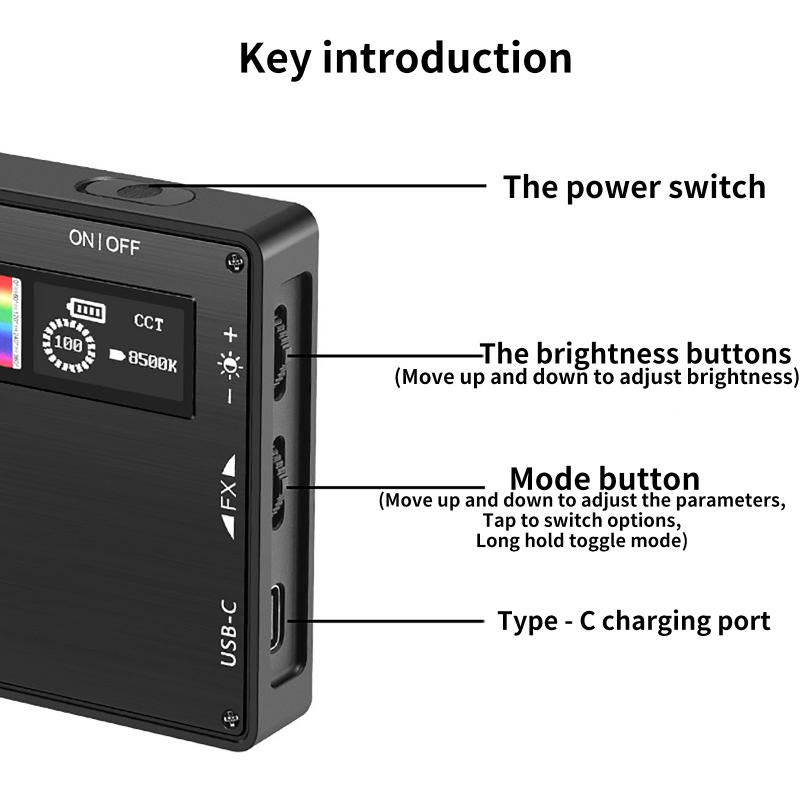
2、 Ergonomic Grip for Easy Handling
Rangefinders are essential tools for many outdoor activities such as hunting, golfing, and surveying. When it comes to handheld rangefinders, one of the key factors that determine their usability is the ease of handling. An ergonomic grip plays a crucial role in ensuring that the rangefinder is comfortable to hold and operate.
An ergonomic grip is designed to fit the natural contours of the hand, providing a secure and comfortable hold. This feature allows users to have a firm grip on the rangefinder, reducing the chances of accidental drops or slips. It also helps to minimize hand fatigue during extended use, making it easier to hold the device steady for accurate measurements.
In recent years, manufacturers have been focusing on improving the ergonomics of handheld rangefinders. They have been incorporating innovative design elements such as textured rubberized grips, contoured shapes, and adjustable straps to enhance the user experience. These advancements have made handheld rangefinders more user-friendly and easier to handle.
Moreover, the latest rangefinders are being designed with lightweight materials, making them even more comfortable to hold for extended periods. This is particularly beneficial for activities like hunting, where users may need to carry the rangefinder for long distances.
In conclusion, while rangefinders are generally designed to be handheld, the presence of an ergonomic grip significantly enhances their usability. The latest advancements in design and materials have made handheld rangefinders more comfortable, user-friendly, and easier to handle. Whether you are a professional or a recreational user, an ergonomic grip is a crucial feature to consider when choosing a handheld rangefinder.
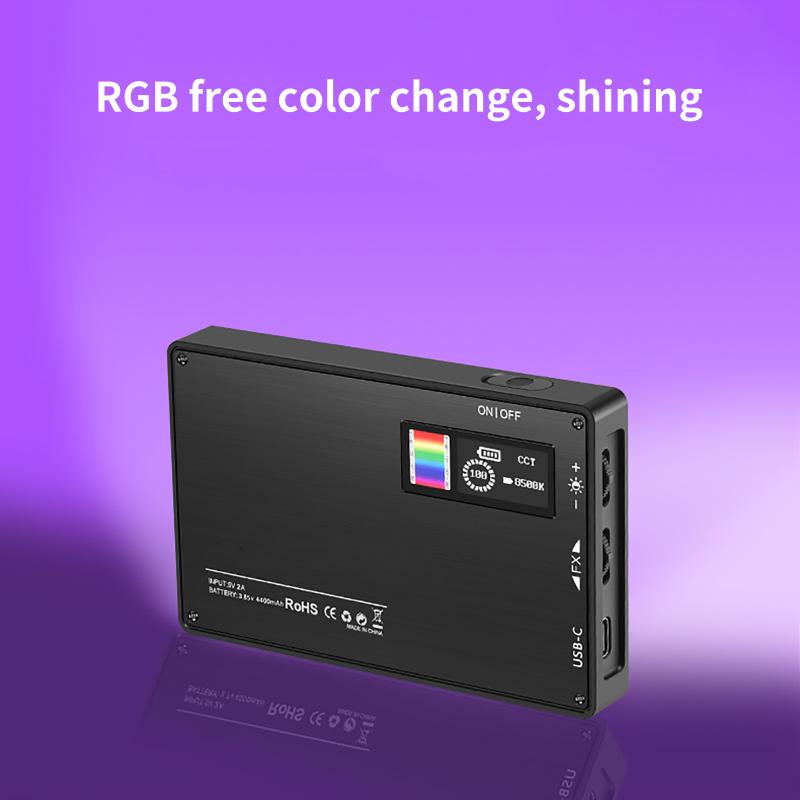
3、 Advanced Stabilization Technology for Handheld Use
Advanced Stabilization Technology for Handheld Use has made significant advancements in recent years, making rangefinders easier to use in handheld situations. Traditionally, rangefinders were primarily used with tripods or other stabilizing devices to ensure accurate measurements. However, with the introduction of advanced stabilization technology, rangefinders have become more user-friendly and efficient when used in a handheld manner.
One of the key advancements in stabilization technology is the incorporation of image stabilization systems. These systems use gyroscopes and accelerometers to detect and compensate for any hand movements, resulting in a steadier image and more accurate measurements. This technology has greatly improved the usability of handheld rangefinders, allowing users to obtain precise measurements without the need for additional stabilizing equipment.
Furthermore, manufacturers have also focused on reducing the size and weight of rangefinders, making them more portable and easier to handle. Compact and lightweight designs, combined with advanced stabilization technology, have made handheld rangefinders more convenient for users who need to move around or operate in tight spaces.
It is important to note that while advanced stabilization technology has made handheld rangefinders easier to use, there are still limitations. Extreme hand movements or unstable conditions can still affect the accuracy of measurements, although to a lesser extent than before. Additionally, the effectiveness of stabilization technology may vary between different models and brands.
In conclusion, advanced stabilization technology has significantly improved the usability of handheld rangefinders. With the incorporation of image stabilization systems and the reduction in size and weight, rangefinders are now more user-friendly and efficient when used in a handheld manner. However, it is important to consider the specific conditions and limitations of each rangefinder model to ensure accurate measurements.
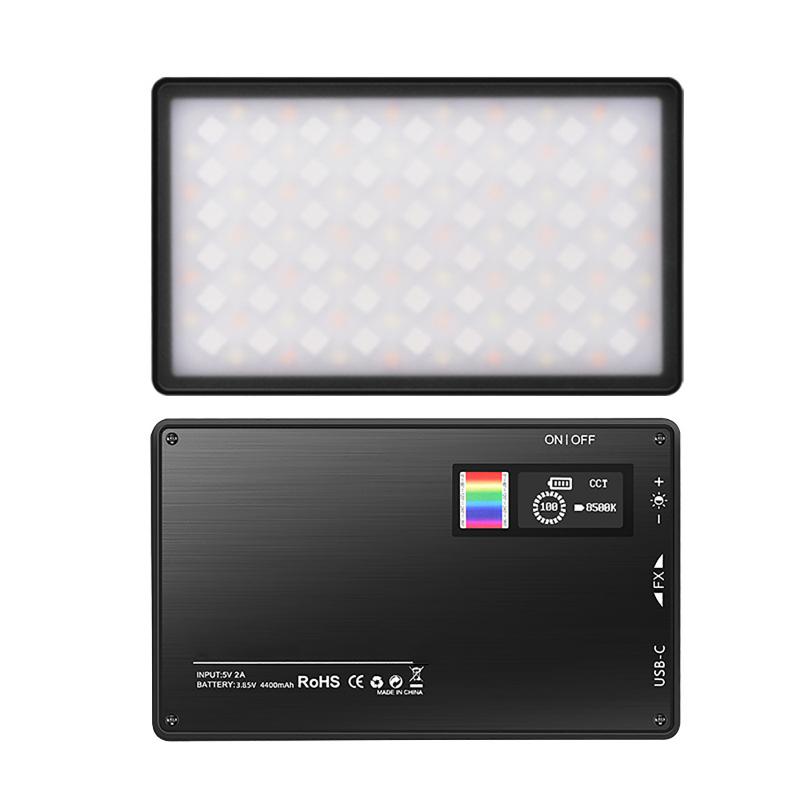
4、 Intuitive User Interface for Effortless Operation
Intuitive User Interface for Effortless Operation
Rangefinders have become an essential tool for various activities such as hunting, golfing, and surveying. When it comes to handheld rangefinders, one of the key factors that determine their usability is the user interface. An intuitive user interface ensures effortless operation, allowing users to quickly and accurately measure distances without any hassle.
Unlike traditional rangefinders that required complex manual adjustments, modern handheld rangefinders are designed with user-friendly interfaces. These interfaces typically feature clear and easy-to-read displays, simple button layouts, and intuitive menu systems. This makes it easier for users to navigate through different settings and modes, adjust parameters, and obtain accurate measurements with minimal effort.
The latest advancements in technology have further enhanced the user interface of handheld rangefinders. Many models now incorporate touchscreens, which provide a more interactive and intuitive experience. With a simple tap or swipe, users can access various functions and settings, making the operation even more effortless.
Moreover, manufacturers are continuously improving the user interface based on user feedback and market research. They are incorporating features like voice guidance, which provides audible instructions and feedback, further simplifying the operation. Some rangefinders also offer smartphone connectivity, allowing users to control and customize settings through dedicated mobile applications.
In conclusion, handheld rangefinders with an intuitive user interface offer effortless operation, making them easier to use. The latest advancements in technology, such as touchscreens and voice guidance, have further improved the user experience. Manufacturers are constantly striving to enhance the user interface based on user feedback, ensuring that rangefinders are user-friendly and accessible to a wide range of users.




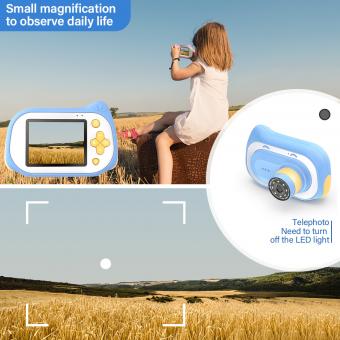

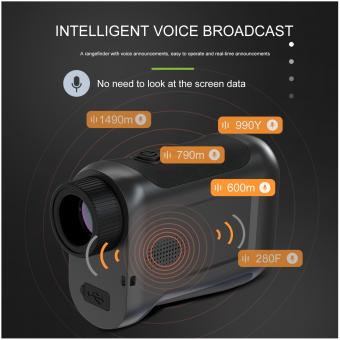


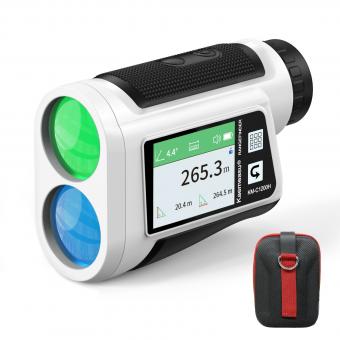
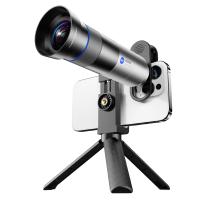

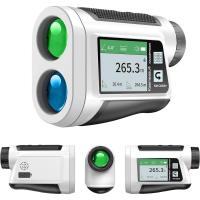
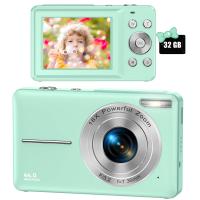

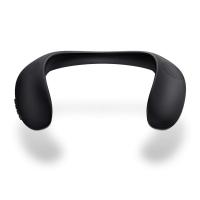
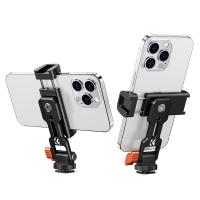
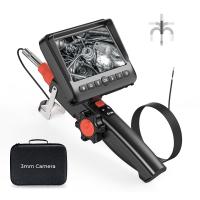



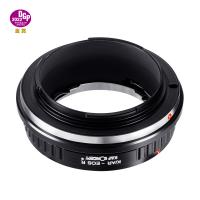
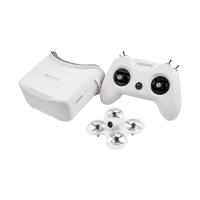
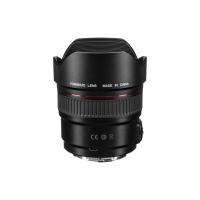
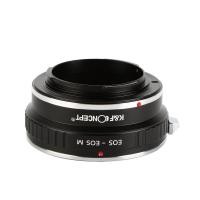
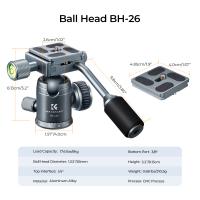
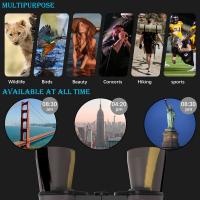

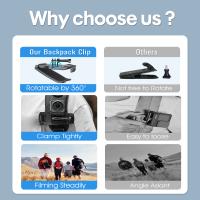
There are no comments for this blog.